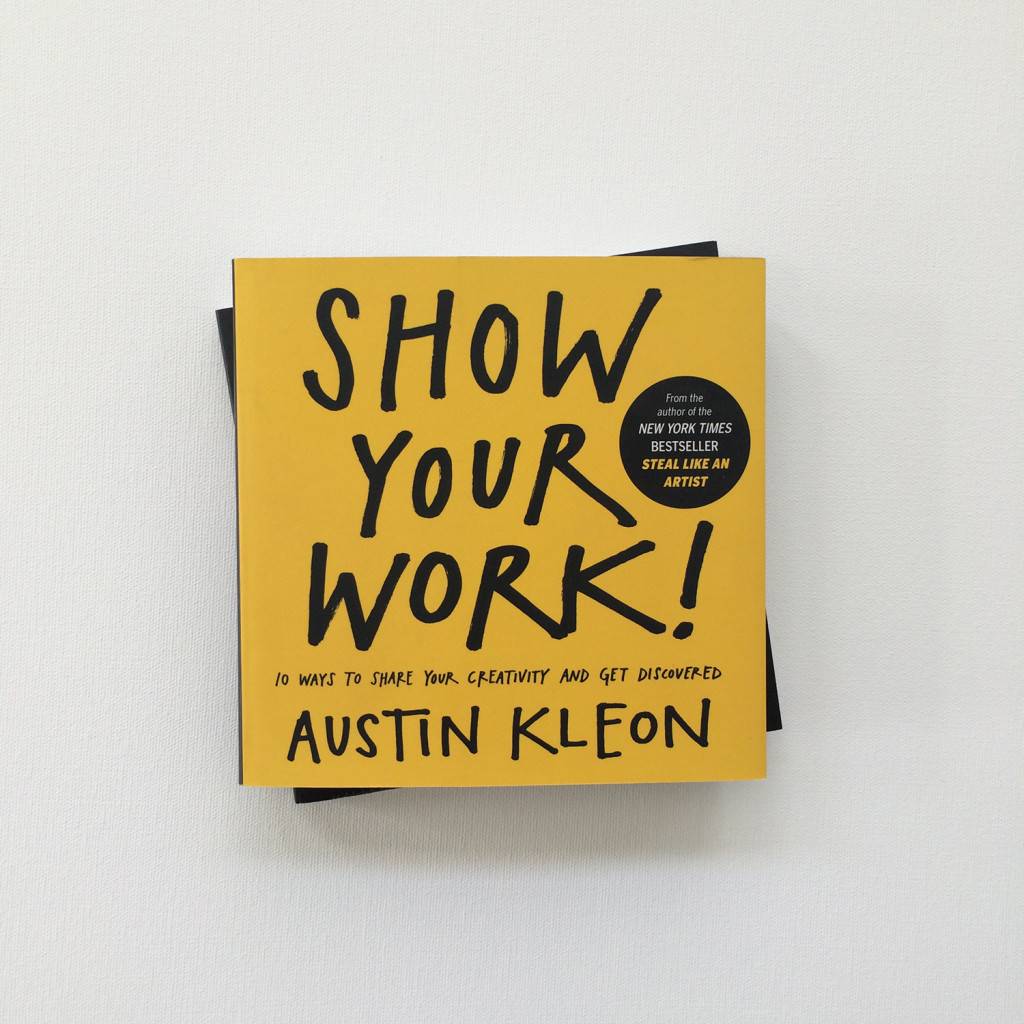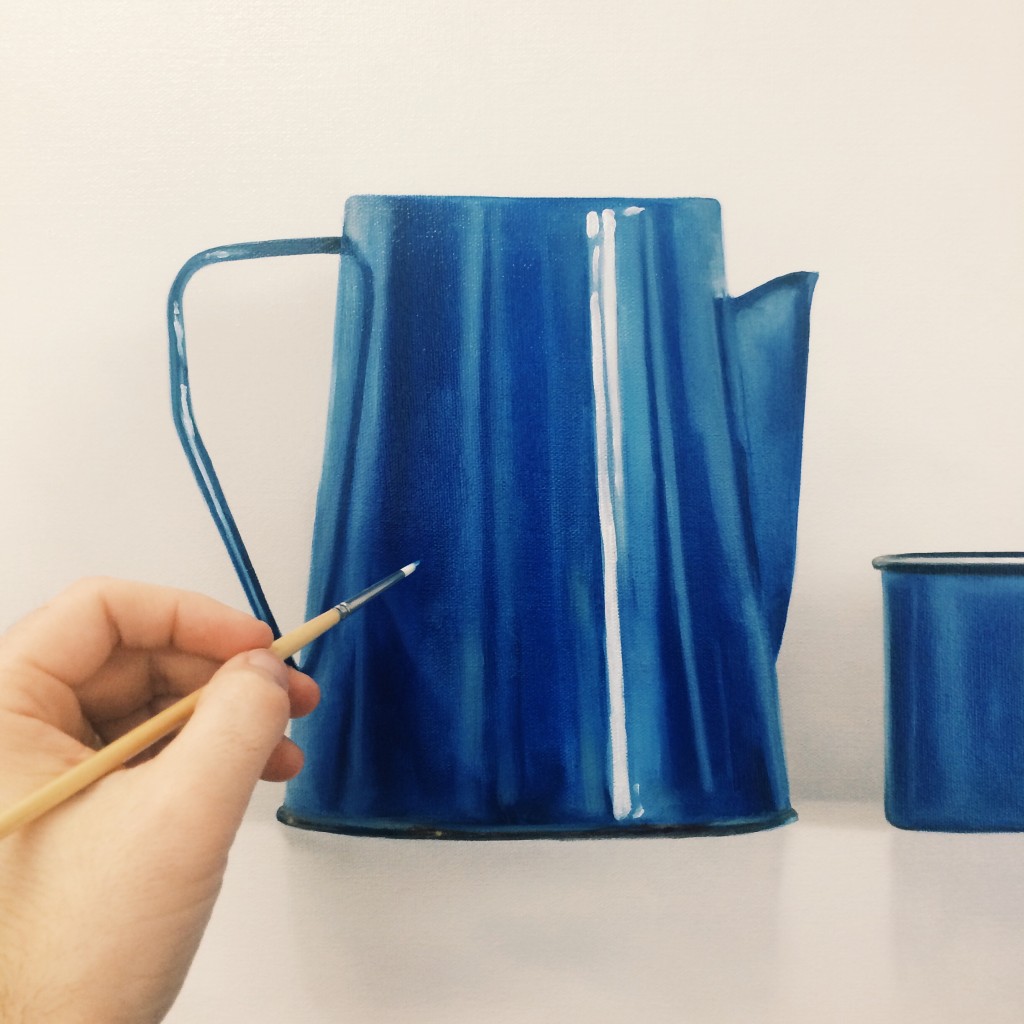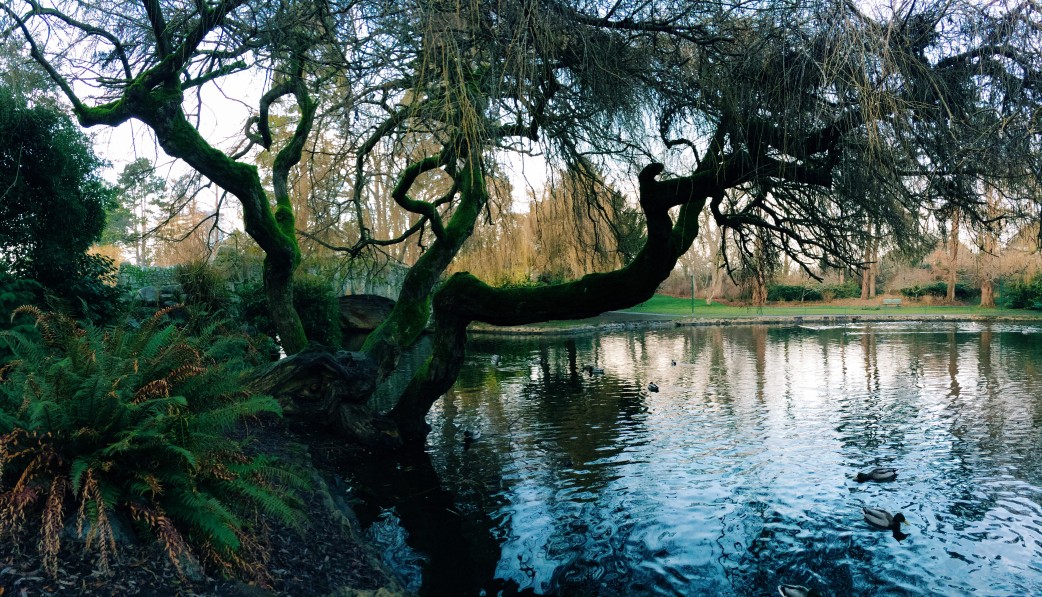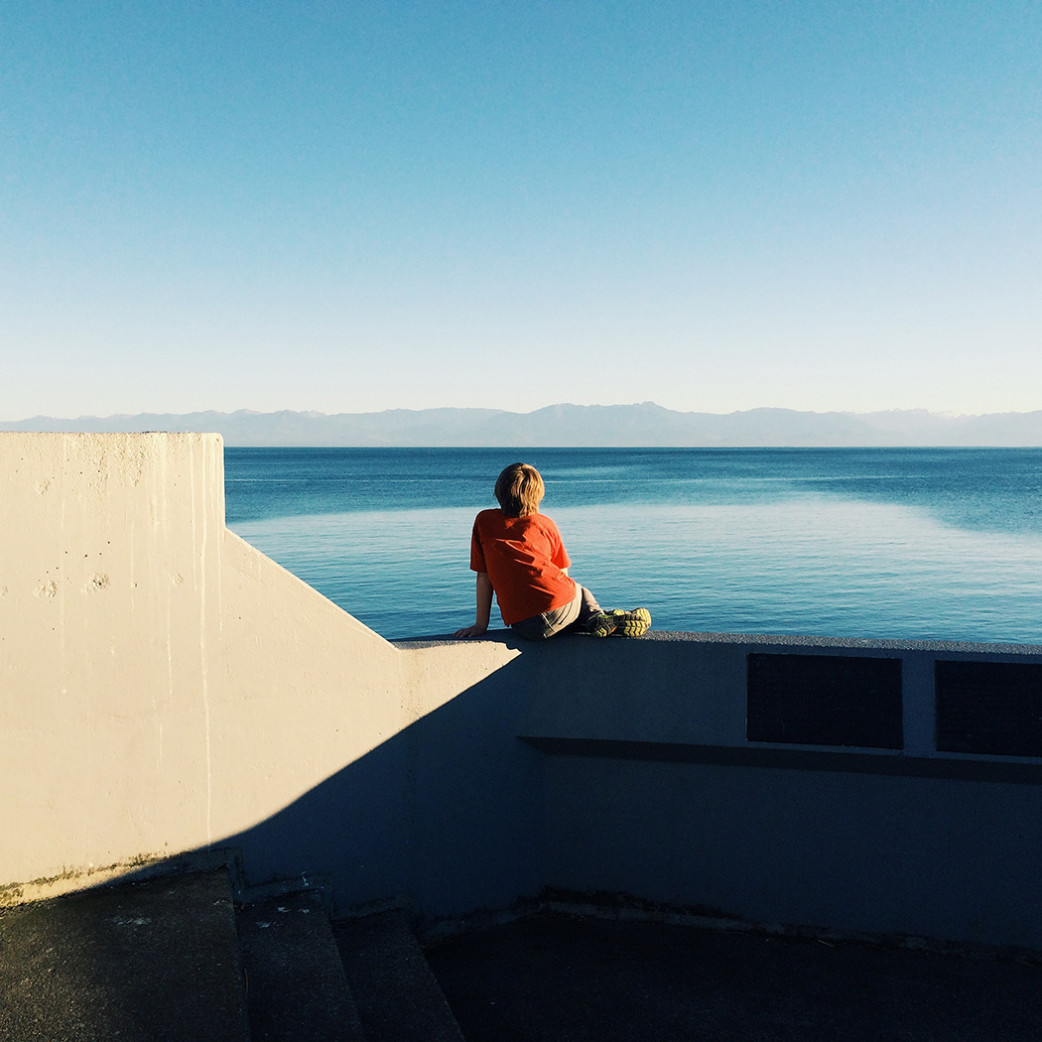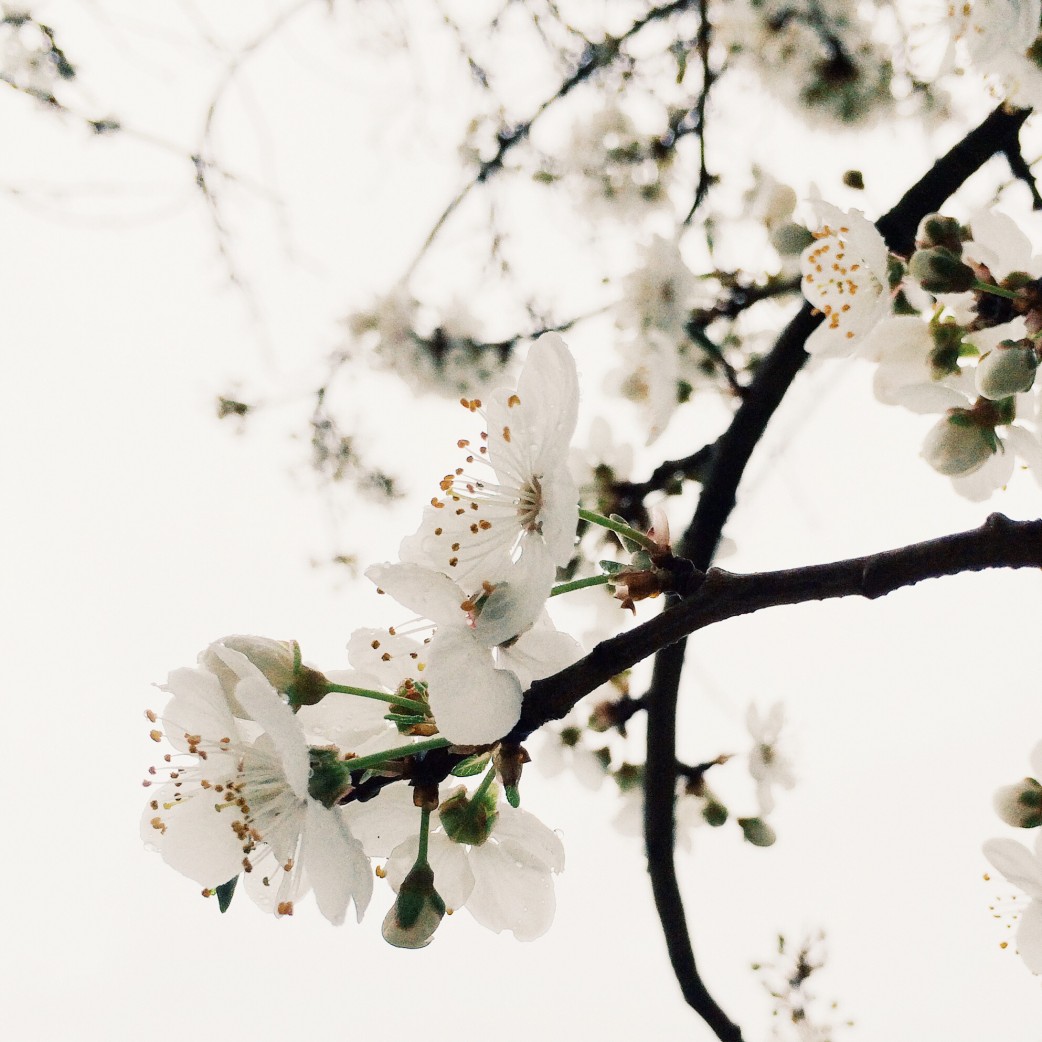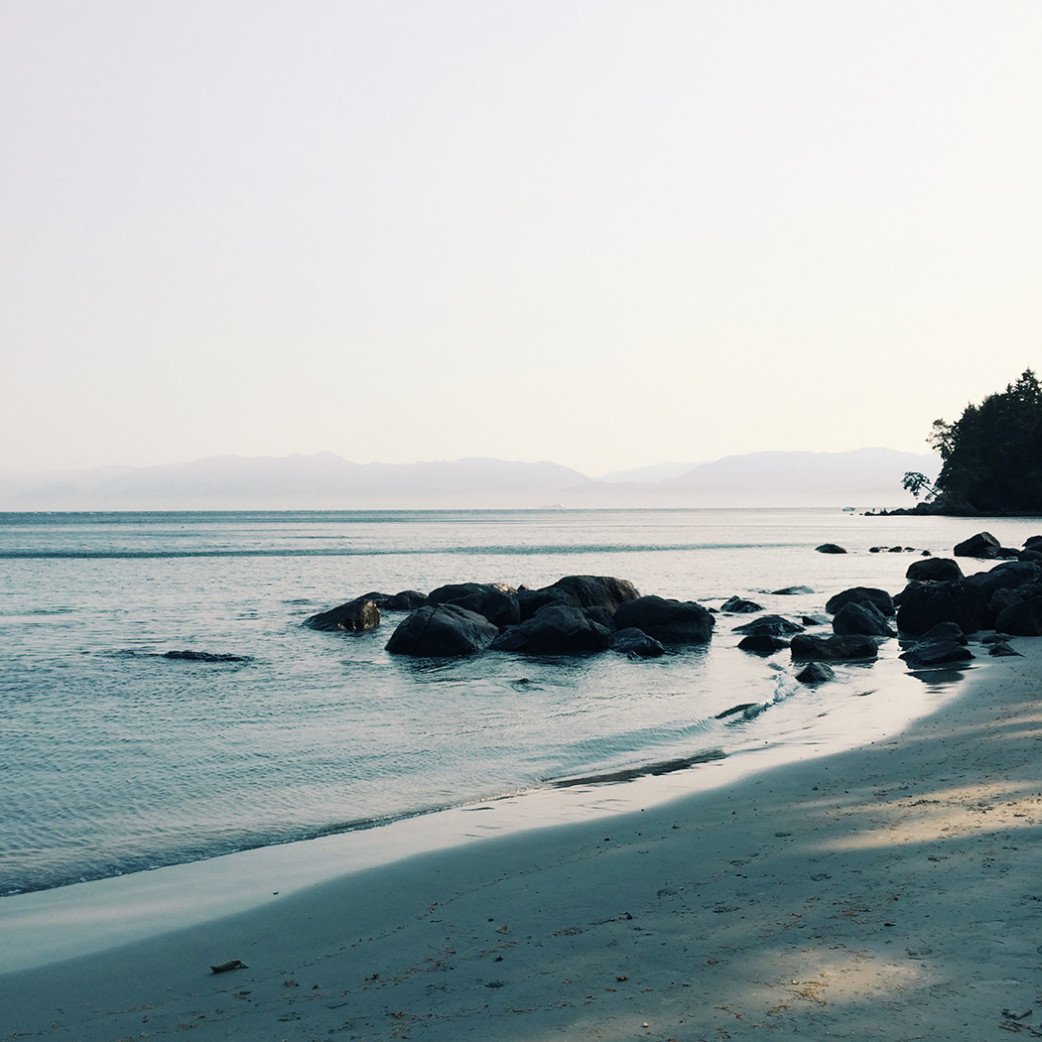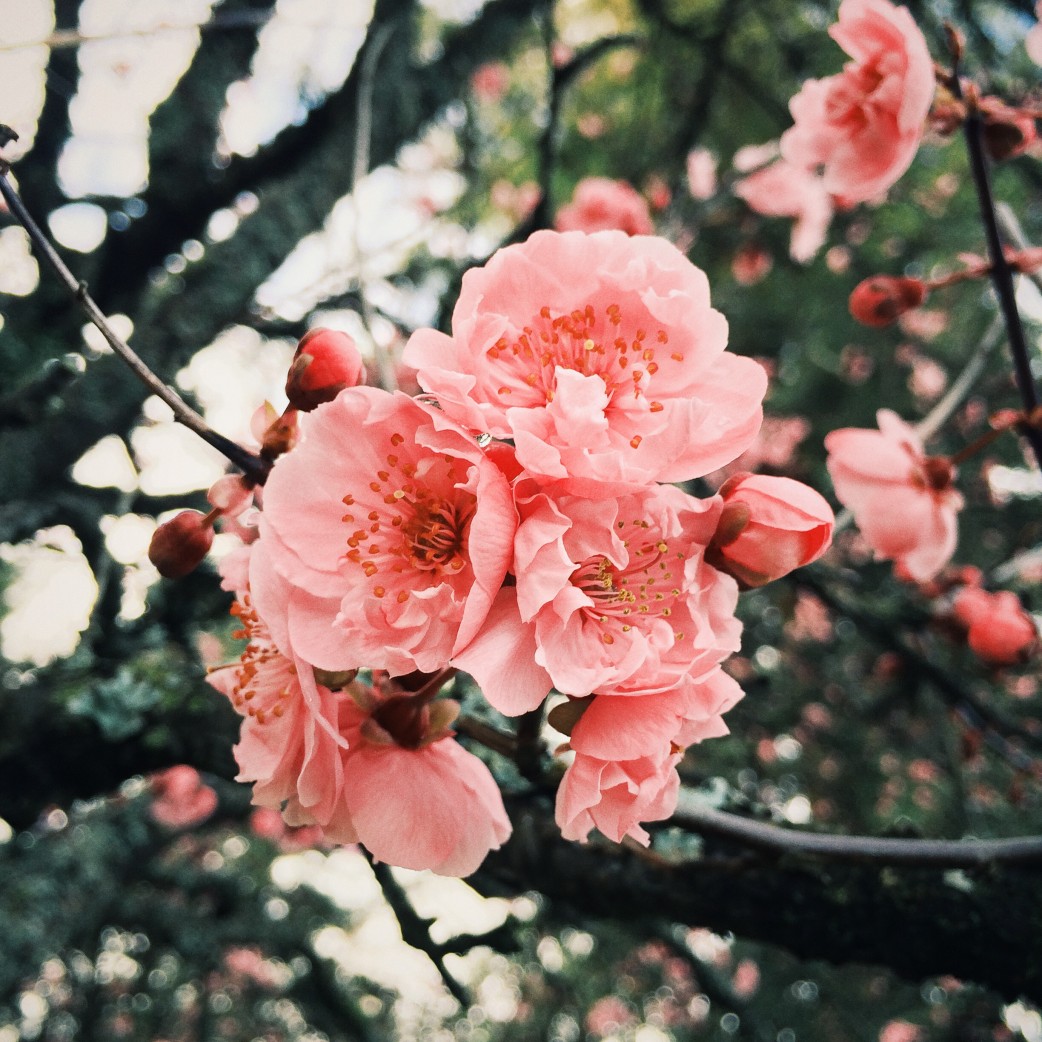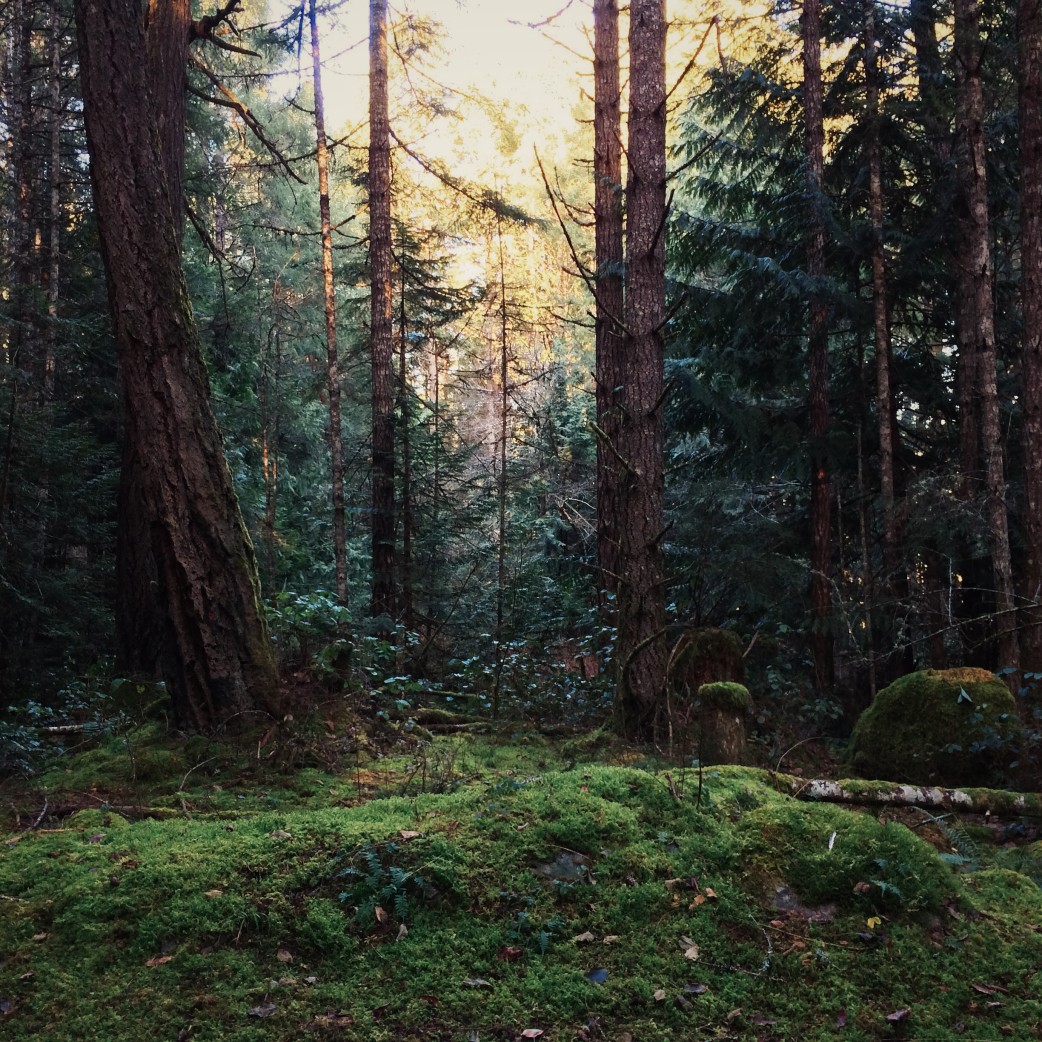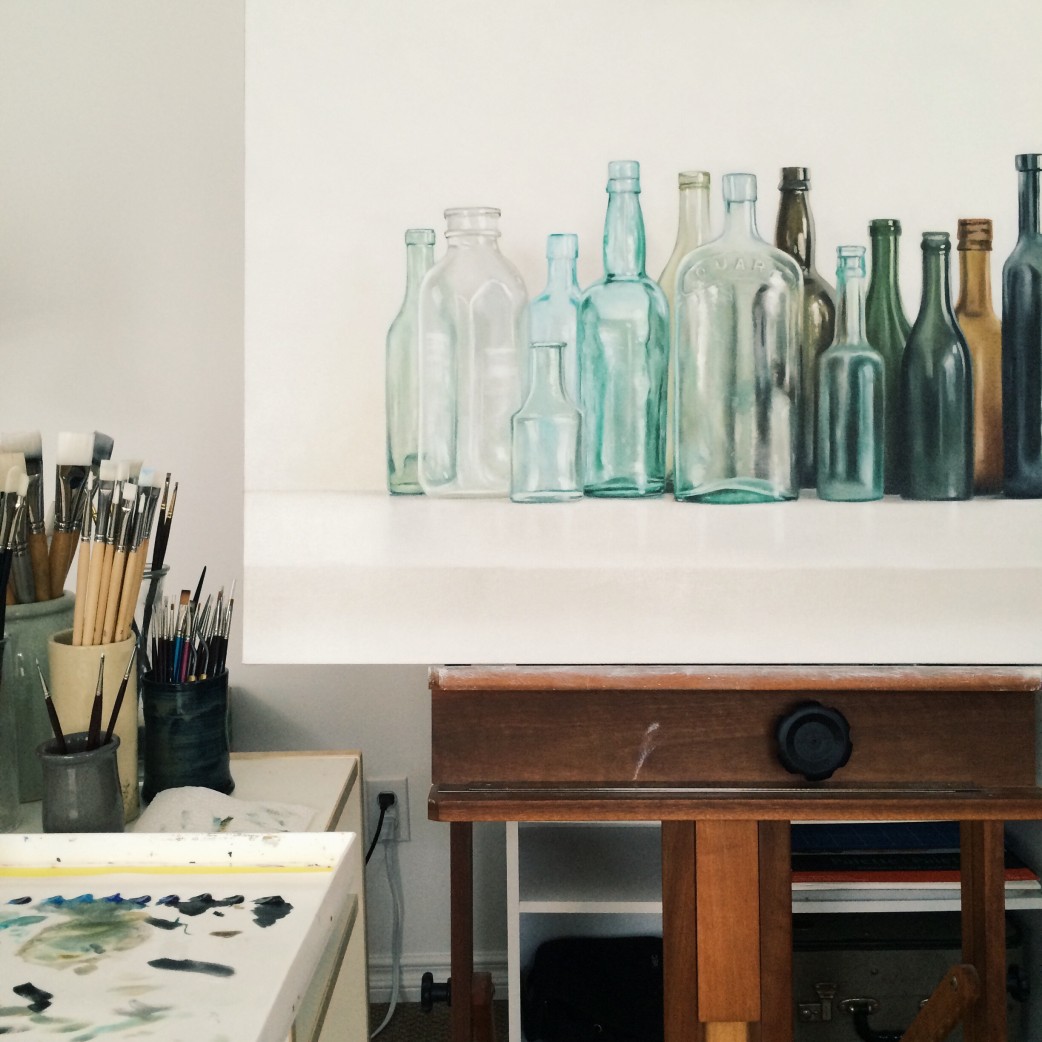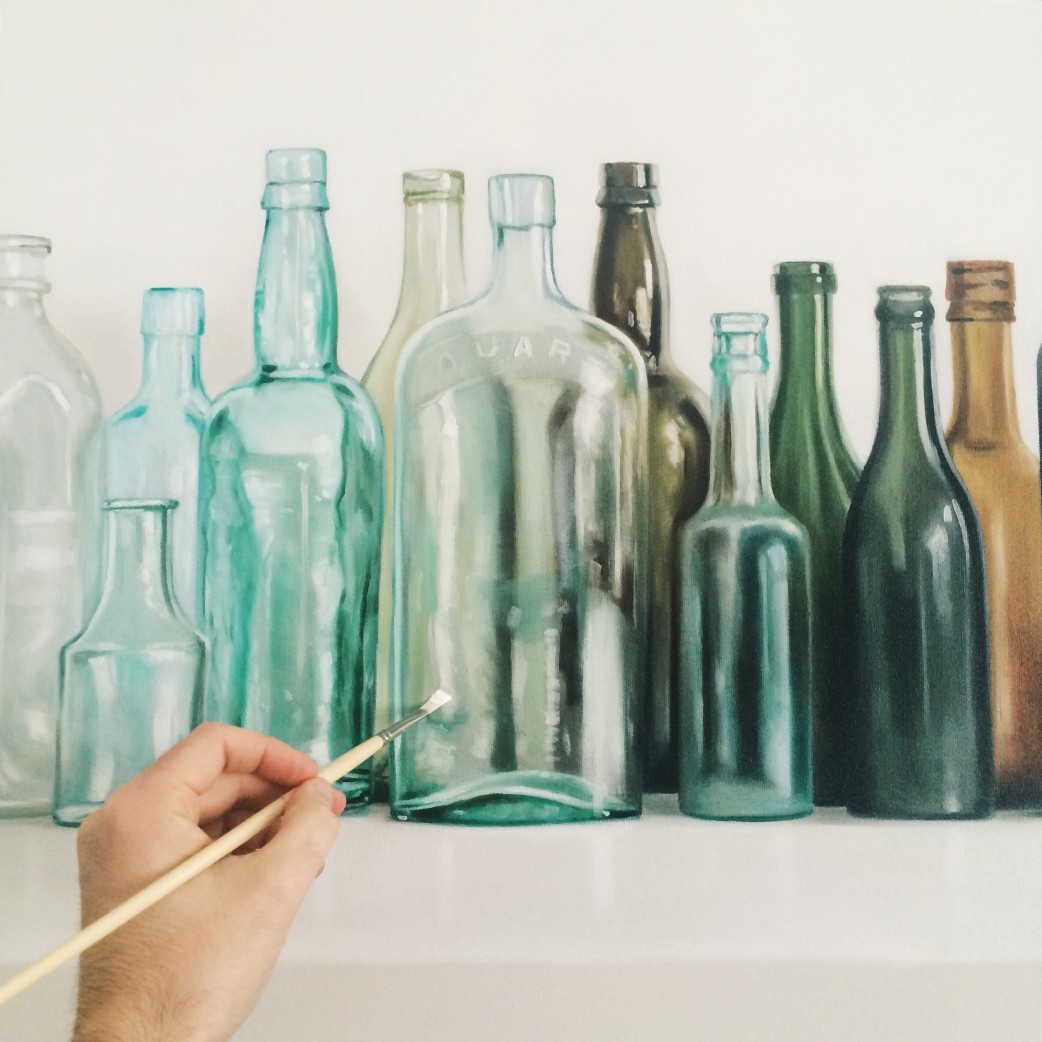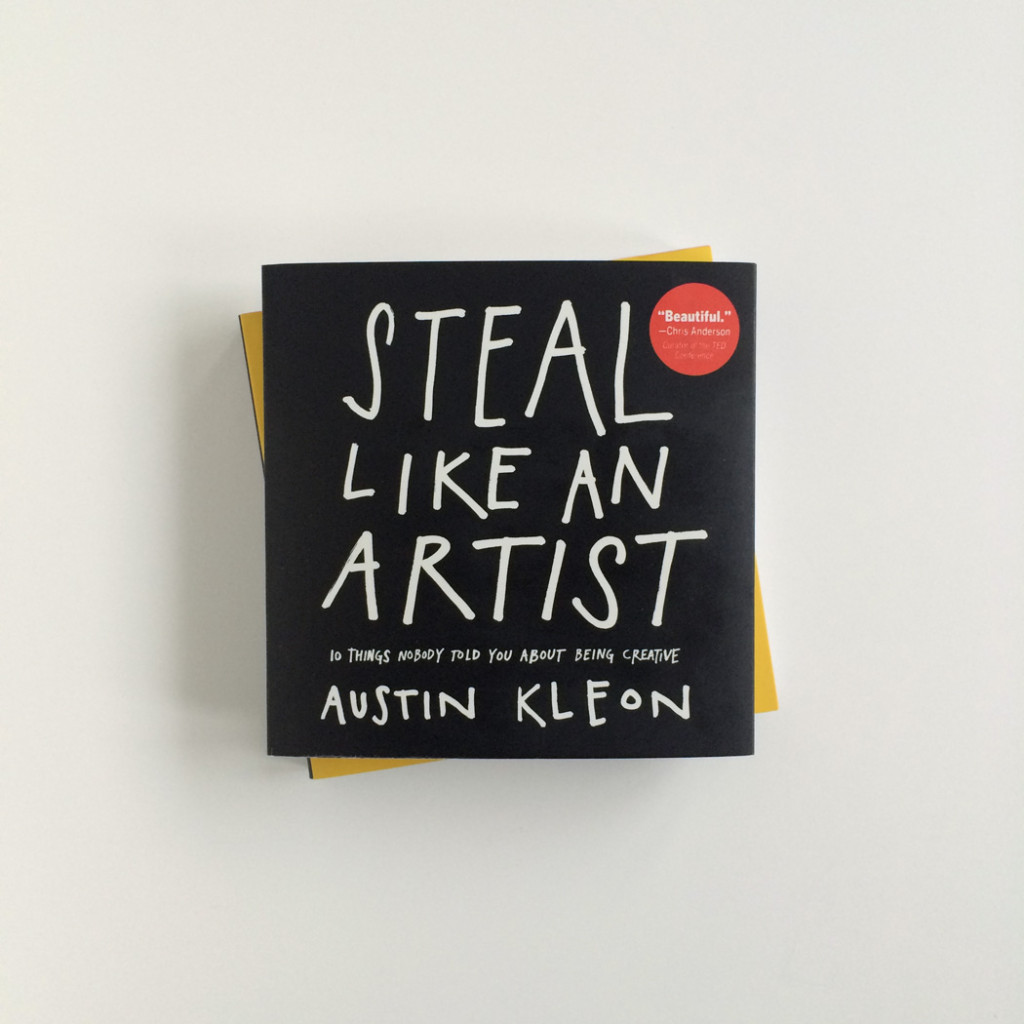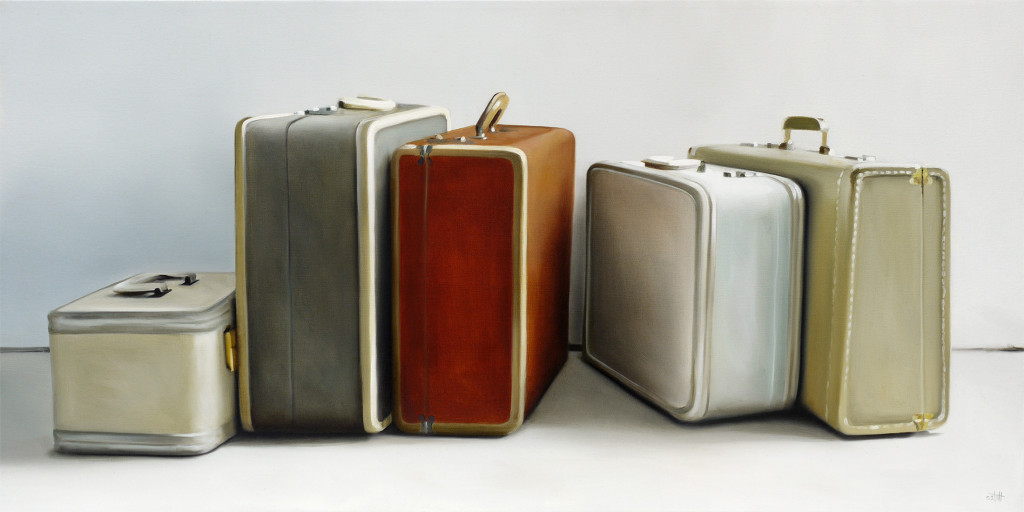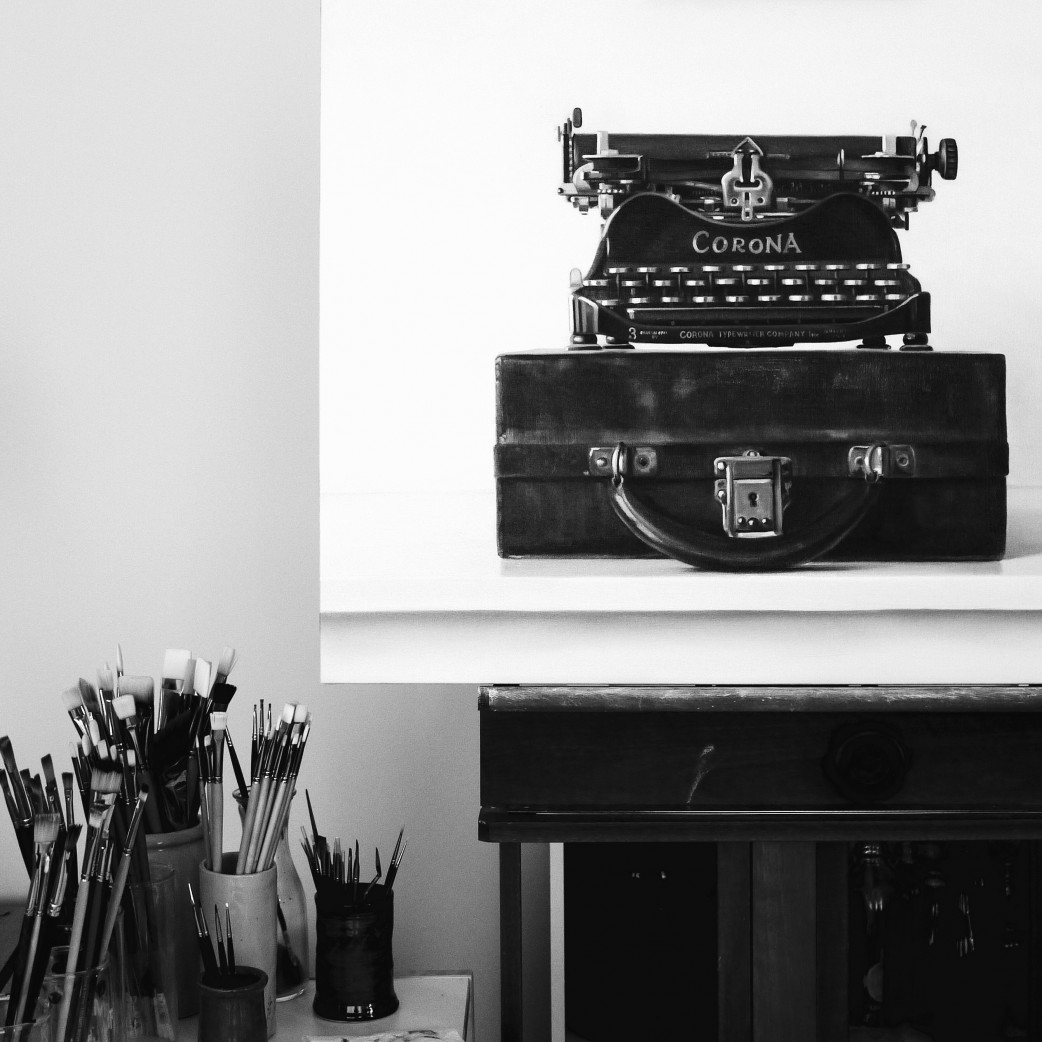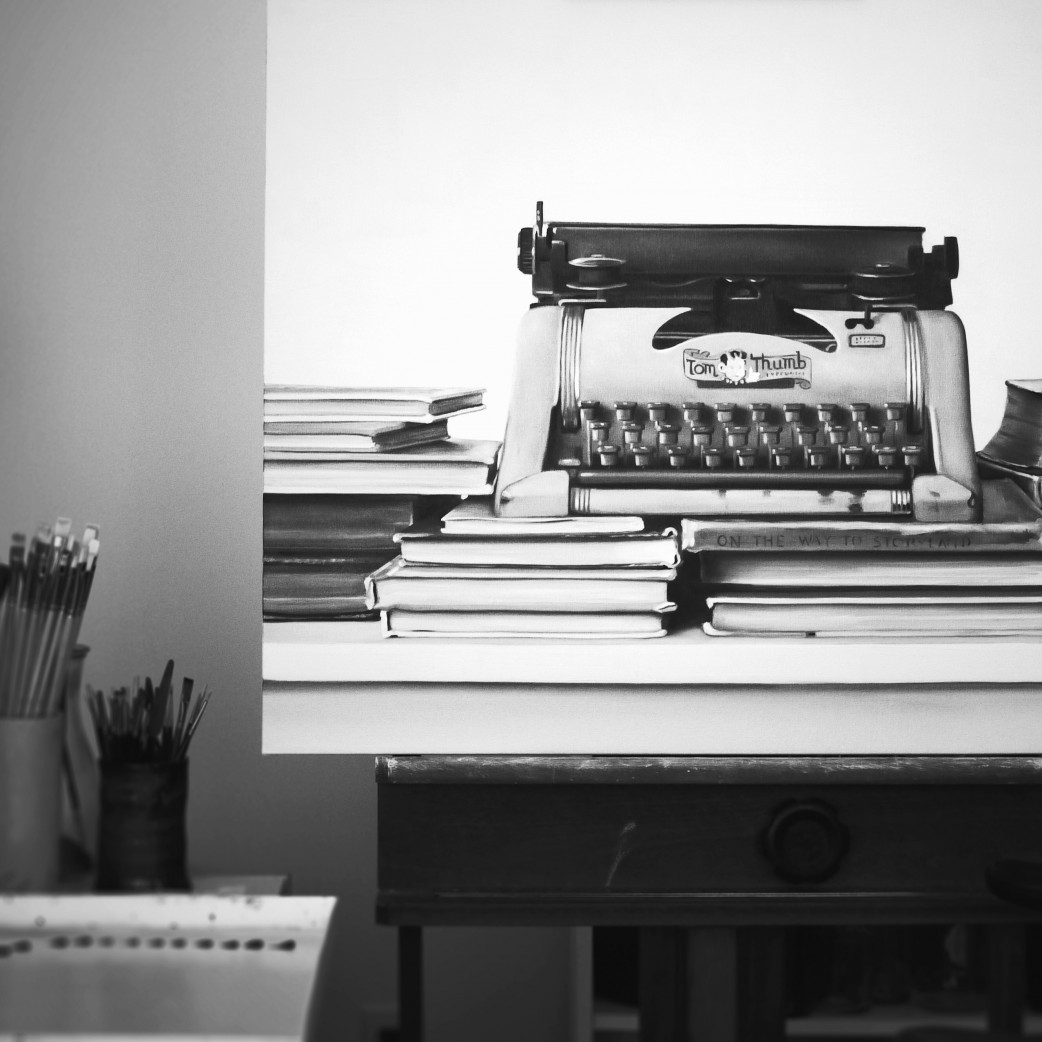It’s been several months since my family started living on Vancouver Island. If I were to describe the island in a word — photogenic. It’s a place bursting with scenery and atmosphere. I often have to remind myself to just experience the views, to resist pulling the iPhone out to take a photo. To just absorb everything and enjoy it, then come back next week with the camera.
My studio is in my home, and I spend a great deal of time working, alone. Life on the prairies, where I lived my entire life, in the deep winters, meant cabin fever was long and intense — unending hours at the easel can start to drive you a bit mad. Life on the island means I can punctuate my day with incredible walks, hikes, mini-adventures so I don’t end up eating paint and howling at the moon.
It’s a good place to be.
Moving 1,000 miles away from the home you knew all your life, your family and friends is tough. I cannot begin to imagine how my great-grandparents did it in the 1930s. Immigrating from Europe, parting from their families, never to see them again, that’s major displacement. We are constantly connecting with our family — FaceTime/Skype, messaging, social media. Our displacement, hopefully, will be short-lived.
While painting today, on the radio I listened to people talking and debating the world of social media, kids playing online games — the entirety of the modern connected world. One woman had strong opinions that too much (or any) reliance on computers and gadgets to do all your socialising is detrimental. A curious thought came to me — my great-grandmother, whom I knew and loved, immigrated from a peasant farm in Poland in the early 1930s to the harsh and isolating prairies of Canada. She was the only one of her family who came. Everyone else went to Argentina. I can guarantee that my great-grandmother’s quality of life and happiness would have been far, far greater if she was able to send iMessages or Skype calls to her sister who was thousands and thousands of miles away. Instead these incredibly poor, barely literate women drifted apart.
I’m glad I have my social media and iPhone in my pocket. I talk to my family and friends all through the day. I work by myself and live a couple time zones away. I’m never alone.
If you want to see more of my Vancouver Island photos, check out my Tumblr On We Go, Young Explorers.
